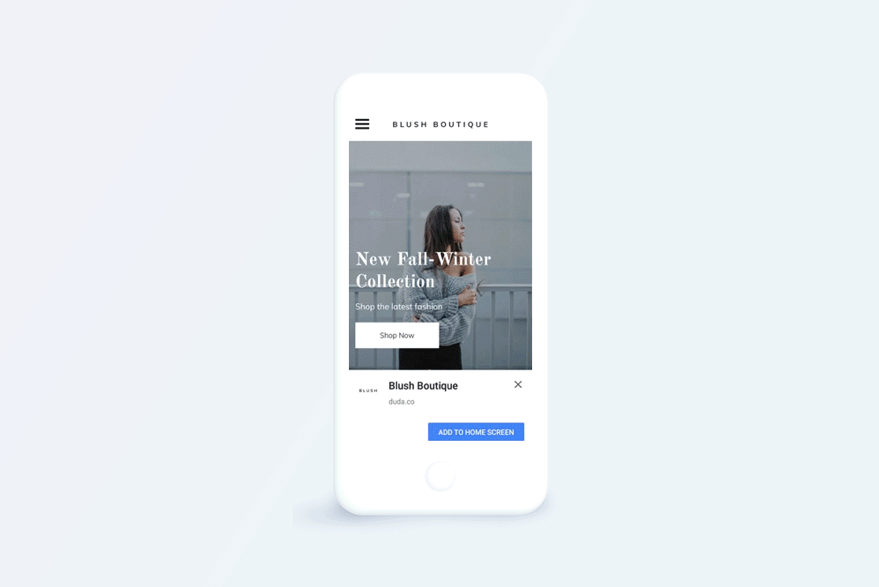Content marketing heavily relies on technology, which means it evolves quickly. Today’s content distribution tactics call for experimenting with many emerging channels, so let’s look at the latest technology trends that you should embrace to diversify and empower your content marketing. Google Speakable It’s not all about links or clicks any more. To qualify as a source, content publishers should: Make sure their sites are valid news sites (This includes both optimizing for Google News and requesting inclusion from Google itself.) Don’t read the whole article. Serpstat’s clustering feature lets you break any topic into subtopics to create takeaways based on what people search for. Conversational marketing Conversational marketing is nothing new. A few solutions allow content marketers to easily add conversational marketing to their content distribution strategy. Luckily, tools and plug-ins allow you to embrace new trends quickly and efficiently. Ann blogs about search and social media industry trends and content marketing tools.

Content marketing heavily relies on technology, which means it evolves quickly. Mobile search, video marketing, SEO – all of that has been changing and advancing content marketing for the past few years.
You are either keeping up or falling behind.
Today’s content distribution tactics call for experimenting with many emerging channels, so let’s look at the latest technology trends that you should embrace to diversify and empower your content marketing.
1. Progressive web apps (PWAs)
Put simply, a progressive web app is your website engaging like a natural app on a mobile device. As Google says, progressive web apps are “a new way to deliver amazing user experiences on the web.”
Let’s compare how each operates on a mobile device:

There are a few powerful benefits of serving your content to mobile users through a progressive web app, including:
- Ability to re-engage your customers through push notifications
- Ability to serve your content faster, providing a reliable mobile experience
- Access to your content in an offline mode
- Opportunity for your users to reaccess your site by seeing it on the home screen

It accomplishes all of that without the need to invest money into developing a standalone app. That’s what makes progressive web apps such a hot content distribution channel these days.
How to embrace the trend?
Use web design platforms that support PWAs. For example, Duda, an innovative website builder, allows publishers to easily enable PWAs on their sites. You won’t need any development budget: It’s as simple as one click inside the settings dashboard. Once you activate the setting, define the site’s PWA name, short name, icon, and splash screen color.

2. Google Speakable
It’s not all about links or clicks any more. In the era of Instagram and Snapchat, which don’t allow clickable links, that shouldn’t come as a surprise, yet a lot of businesses are still falling behind.
There are more ways to search and discover your content these days than by merely typing words into the search box.
With the growing popularity of voice search and intelligent speaker devices, more of your content is discovered through voice and audio devices. Whether your content is there to be heard is a matter of how quickly you evolve.
Google’s Speakable is one of the first (still experimental) projects enabling content marketers to deliver their content to their potential customers through voice without them ever touching a keyboard.
The project was announced this summer and it aims to have Google Assistant and Google Home devices speak the news when users ask for it. Give it a try. Ask your Google Assistant, “Hey…
![3 New Content Distribution Tech Trends to Embrace Now [Tools] 3 New Content Distribution Tech Trends to Embrace Now [Tools]](http://www.marketinghub.today/wp-content/uploads/2018/10/3-new-content-distribution-tech-trends-to-embrace-now-tools.png)
COMMENTS